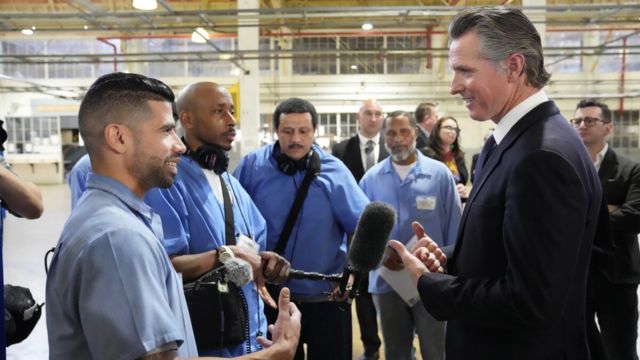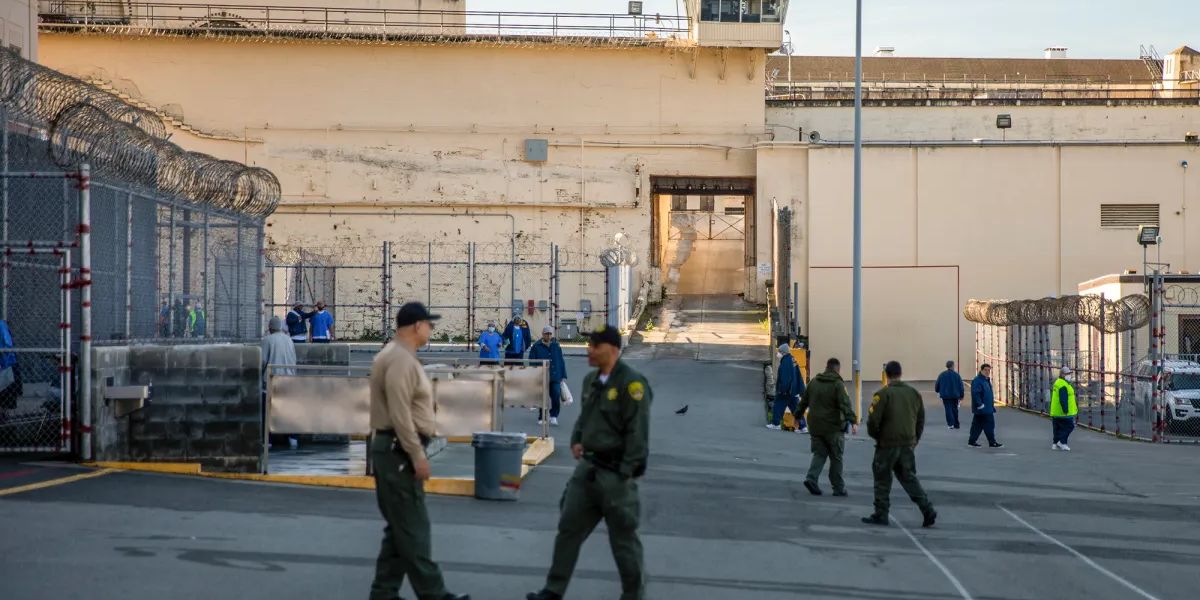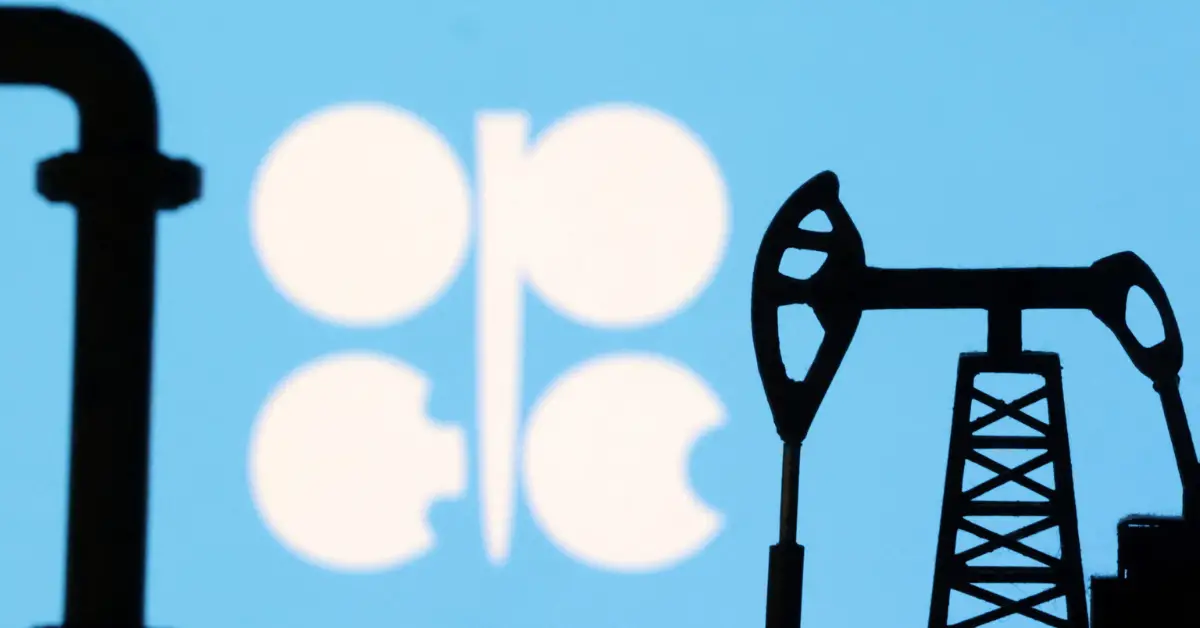A new standard for indoor heat protection was accepted by the California Workplace Safety Board, which also recommended that Cal/OSHA implement it as soon as feasible. Millions of Californians employed indoors will now finally have heat protection, nearly 20 years after the state’s outdoor workers earned it.
Sadly, the decision to sever almost 100,000 jobs from its purview must be balanced against this labor success. The inmates and staff of California’s hundreds of jails and prisons, who frequently work in intense and oppressive heat, are forced to wait.
This exemption is incorrect, nasty, and racially discriminatory.
An estimated two-thirds of the 97,000 inmates in California are laborers who are either employed by the jail or prison administration, on contract for prison-sponsored manufacturing projects, or both. Unlike other workers, once their job tasks are over, they have nowhere to turn after working for hours in the heat. Many cells do not have air conditioning, and few can afford to buy a fan or any other cooling device due to their extremely poor salary.
Too many people run the risk of serious and potentially fatal heat illnesses, reduced to donning damp cloths over their necks and foreheads to prevent headaches and seizures or purposefully flooding toilets to create pools on cell floors.

Thousands more Californians work in other specialized occupations, while over 38,000 are employed as jailers and correctional officers. Correctional officers currently have the second-highest rate of workplace injuries necessitating time away from work, and they suffer occupational diseases and injuries at a rate more than three times greater than the national average for the workforce.
SEE MORE –
Greece Heatwave Horror: 6 Tourists Dead, Families in Anguish
They also have high rates of major medical conditions like heart disease, hypertension, and other physical health disorders, as well as disproportionate exposure to harmful chemicals at work. Each of these situations can potentially worsen the effects of intense heat and make a person more susceptible to the risks associated with heat at work.
It is racist and discriminatory to exempt California’s jails and prisons from an interior heat regulation. In addition to making up the bulk of those employed by the prison department, Black, Latino, and Indigenous people are disproportionately overrepresented among those behind bars.
28% of California’s prison staff are women, and over 75% of them identify as people of color. Numerous people reside in areas with environmental injustices as well, with the heat island effect and poor air quality having a disproportionately negative impact.
The Ella Baker Center for Human Rights claims that at least eight of California’s state jails are in regions that frequently endure intense heat. Five facilities that previously saw fewer than five days above the excessive heat threshold per year will likely encounter as many as 24 days by the middle of the century, and possibly as many as 41 days by the year 2070, according to the California Department of Corrections and Rehabilitation.
Researchers at Fordham University have issued a warning: in the absence of retrofitting, the consequences of climate change may make many carceral facilities so intolerable that hiring for correctional positions may decline.
In addition to thousands of other employees like teachers, librarians, and counselors, the state’s prison system also employs thousands of people, and prison environments can get unbearably hot.
When wildfires hit rural Northern California in August 2021, close to the Nevada border, power lines collapsed and the California Correctional Center’s generator malfunctioned for over a month, during a period when daytime highs reached the mid-to-high nineties.
Though it has since closed, the CCC was not the only building that was susceptible to extreme heat.
When labor laws apply to all employees, irrespective of their line of work or the nature of their workplace, they are most effective. It is vital to protect individuals from intense heat, and California should not overlook the urgent requirements of both personnel and inmates who labor in the state’s jails and prisons.




